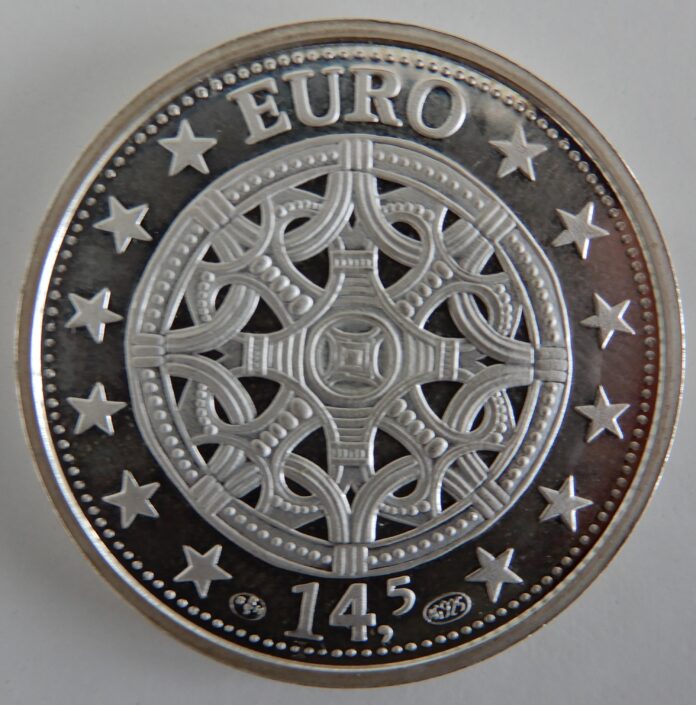Euro’s Silver Jubilee
The euro, the currency uniting 20 European nations, made its debut on January 1, 1999, marking a significant moment in history.
Initially, for the first three years, from 1999 to 2001, the euro was primarily used for accounting and electronic payments, remaining ‘invisible’ to the public eye. However, it wasn’t until January 1, 2002, that physical coins and no tes of the euro began circulating within the Euro Zone.
tes of the euro began circulating within the Euro Zone.
This launch was unprecedented as it witnessed multiple countries coming together to form a unified monetary union. It led to the departure of historical currencies like the franc and the deutsche mark, marking a profound shift in financial history.
However, the overnight transition was merely the tip of the iceberg; the story behind its introduction is a tale worth telling.
Europe, marred by numerous wars over centuries, especially the devastation of the Second World War, sought means to unify its economies. The aim was to foster closer ties and prevent future conflicts on the continent, given its division into US and Soviet spheres of influence post-WWII.
The European Coal and Steel Community (ECSC), established in the early 1950s, aimed to create a common market for coal and steel industries, laying the foundation for a unified Europe. The Schuman Declaration highlighted that a joint effort in production between France and Germany would make any war between the nations unthinkable and materially impossible.
Transitioning from the ECSC, the European Economic Community (EEC) formed in March 1957, expanding to eventually become the European Union in 1993. Yet, achieving a single market and overcoming national identities presented numerous challenges.
France’s President Charles De Gaulle supported a common market but opposed the supranational idea of political and economic integration. Meanwhile, economic disparities among member-states hindered the benefits of a common market.
Jacques Delors, then-President of the European Commission, realized that a common market needed a unified fiscal and monetary policy. He championed the Maastricht Treaty, paving the way for a common currency, the Euro, and the European Central Bank.
The Euro’s introduction aimed to foster trade, investment, and price stability among member-states. Despite its success in enhancing Europe’s global influence and fostering trade, the Euro has faced challenges. The 2007-08 global financial crisis exposed economic vulnerabilities, leading to slower growth, stagnation, and debt burdens within member-countries.
Critics argued that the crisis was due to incomplete integration rather than the Euro itself. Despite skepticism, the Euro has stood resilient against challenges, symbolizing Europe’s economic unity and international significance.
